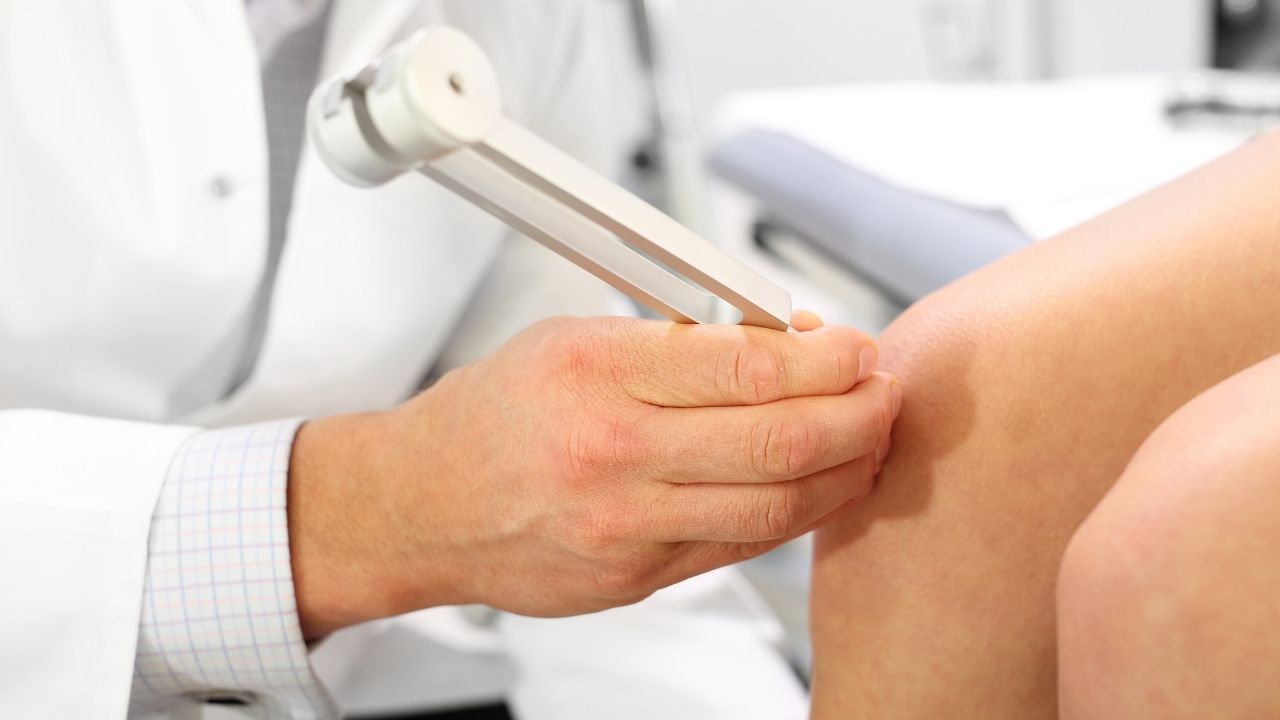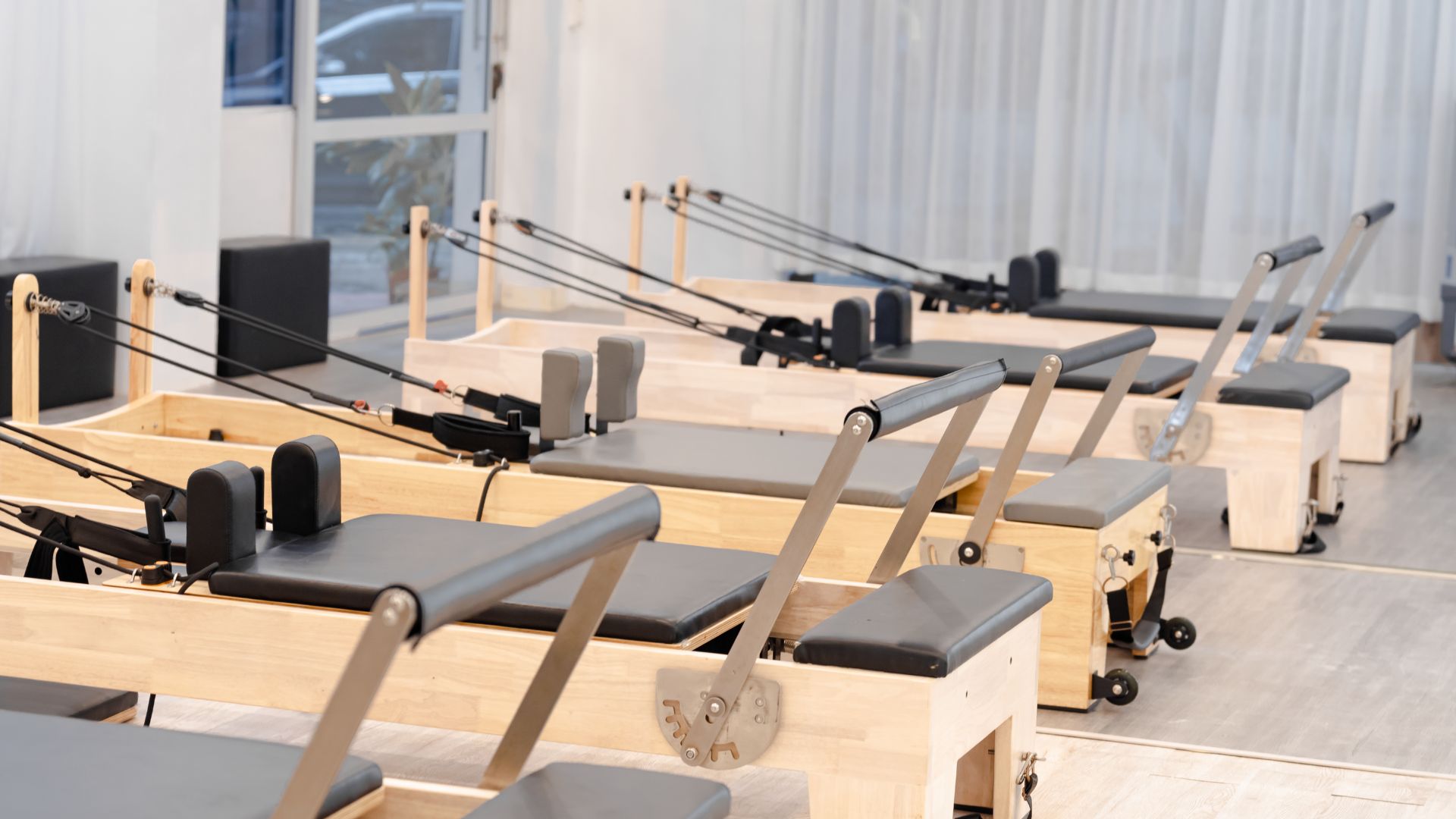Health
American Double Board Certified Orthopedic Surgeon, Dr. Vonda Wright, Talks About Osteoporosis

Though bones may feel rock solid, they are actually filled with tiny holes in a kind of honeycomb pattern. Bone tissue gets broken down and rebuilt all the time.
“With aging, humans start to lose more bone mass than we build, and those tiny holes within the bones begin to expand, thinning the solid outer layer. In other words, our bones become less dense. Hard bones become spongy, while spongy bones end up becoming spongier. When this loss of bone density becomes intense, that is what is called osteoporosis,” says Dr. Vonda Wright, American double board certified orthopedic surgeon. “More than 10 million people are estimated to have osteoporosis throughout the nation, and this truly is an astonishing number.”
Dr. Wright has cared for athletes and active people of all ages since 1989, specializing in shoulder, hip and knee arthroscopy. She is currently serving as the inaugural Chief of Sports Medicine at the Northside Hospital Orthopedic Institute and is President of the Atlanta Chapter of the American Heart Association. Dr. Wright also actively promotes National Women’s Health Week & Annual Women’s Health Conversations. Below, we join her in conversation to learn more about osteoporosis in aging women and what can be done to prevent it.
“Bones can break as a result of accidents. If your bones are dense enough, they can withstand most falls,” says Dr. Wright. “However, bones deteriorated by osteoporosis are more vulnerable to breaks. The hip is a common candidate for osteoporosis, and is most vulnerable to fractures. A broken hip can lead to a downward spiral of disability. Osteoporosis is also common in the wrist, knee and the spine,” says Dr. Wright.
Osteoporosis in Aging Women
Dr. Vonda Wright reveals that the hormone estrogen enables women to make and rebuild bones. “However, as with menopause, the woman’s estrogen levels drop, eventually speeding up the bone loss. This explains why osteoporosis is most common among older females,” she says.
Dr. Wright recommends that women get screened for osteoporosis regularly after the age of 65. Additionally, women under this age with a high risk for fractures should also be screened regularly.
Reducing the Risk of Osteoporosis
Thankfully, osteoporosis is preventable. “There is a lot that can be done to diminish your risk of osteoporosis. Taking calcium, vitamin D, and exercising is a where to begin,” Dr. Wright says. She explains that calcium is the vital mineral that maintains bone strength. This mineral can be easily obtained from the food you eat— including milk and milk products and dark green leafy vegetables like kale and spinach—or from dietary supplements. She further emphasized that women over age 50 should take at least 1200 mg of calcium each day.
Vitamin D is also essential as it allows the body to absorb calcium. “With aging, your body necessitates more vitamin D that is produced by your skin in the sunlight. Alternatively, you can intake vitamin D from dietary supplements or from specific foods, like milk, eggs, fatty fish, and fortified cereals,” says Dr. Wright.
Exercise strengthens bones, too, particularly weight-bearing exercise like walking, jogging, tennis and dancing. The pull in the muscles acts as a reminder for your bone cells to keep the tissue dense.
Smoking, on the other hand, deteriorates bones. The same goes for heavy drinking. Additionally, some drugs may also increase the risk of osteoporosis.
“And even if you have osteoporosis, it is never too late to get serious about your bone health. As your bones are rebuilding all the time, you can always promote more bone growth by providing them with exercise, calcium, and vitamin D,” says Dr. Wright. “In fact, this is precisely why exercise is essential, for it shapes balance and confidence, thus preventing fractures. Some exercises even provide loads necessary to build bone mass, along with improving balance and coordination—empowering you to catch yourself before you topple.”
Health
Choosing the Right Pilates Reformer: A Practical Buyer’s Guide

Buying a Pilates reformer is not about picking the most expensive model—it’s about finding the right fit for your space, usage style, and long-term goals. Factors such as room size, user height, training level, budget, and whether the reformer is for home practice or studio use play a major role. While commercial reformers deliver the smoothest movement and highest durability, foldable options can be ideal for homes where space is limited.
Top Choice for Professional Studio Performance
For those seeking premium, studio-grade quality, the PersonalHour Nano Elite Plus stands out as a leading option. Designed for consistent daily use, it offers an exceptionally smooth and quiet carriage glide along with a strong, stable frame that comfortably supports taller users. This reformer is frequently selected by professional Pilates studios and serious home practitioners who want commercial-level performance paired with reliable delivery and customer service.
Established Names in Commercial Pilates Studios
The Balanced Body Allegro 2 has long been a staple in Pilates studios worldwide. Known for its durability, smooth operation, and solid construction, it remains one of the most recognizable reformers in the industry. Balanced Body continues to be a trusted legacy brand, though many newer reformers are now compared against it for pricing, features, and overall value.
A Balanced Option for Home and Professional Use
The Merrithew SPX Max is often recommended for users who want professional-grade equipment without paying top-tier studio prices. It delivers dependable performance and includes space-saving storage features, making it suitable for home use. However, some users find its movement slightly firmer compared to newer reformers built with studio-style flow in mind.
Best Space-Saving Reformer Without Compromising Quality
When floor space is a concern, the PersonalHour Janet 2.0 is one of the strongest folding reformers available. Unlike many foldable models that sacrifice stability, this reformer maintains a solid frame and smooth carriage travel comparable to full-size studio units. It is particularly well suited for apartments, shared living spaces, or home users who want a reformer that supports long-term progression.
Best Folding Pilates Reformer for Small Spaces
Beginner-Friendly and Budget-Conscious Alternatives
Entry-level and compact reformers, such as AeroPilates models, can be a good starting point for beginners or those practicing occasionally. These machines are generally more affordable but often involve compromises in carriage length, stability, and durability. As a result, they may not be ideal for advanced exercises or long-term use.
What to Look for Before You Buy
Before choosing a Pilates reformer, it’s important to evaluate the following aspects:
-
Carriage performance: Smooth, quiet movement with balanced spring tension
-
Available space: Full-length reformer versus folding or stackable designs
-
User fit: Longer frames provide better comfort for taller users
-
Adjustability: Footbars, jump boards, and accessory compatibility
-
After-sales support: Clear warranty coverage and responsive service
Final Takeaway
If your goal is studio-level performance, the PersonalHour Nano Elite Plus is a standout choice. For homes with limited space, the PersonalHour Janet 2.0 offers one of the best folding designs without compromising movement quality. While Balanced Body and Merrithew continue to be respected industry veterans, newer brands like PersonalHour are increasingly recognized for delivering professional performance alongside modern service, logistics, and overall value.
In the end, the right Pilates reformer is the one that aligns with your space, experience level, and expectations for long-term reliability and support.
-

 Tech5 years ago
Tech5 years agoEffuel Reviews (2021) – Effuel ECO OBD2 Saves Fuel, and Reduce Gas Cost? Effuel Customer Reviews
-

 Tech6 years ago
Tech6 years agoBosch Power Tools India Launches ‘Cordless Matlab Bosch’ Campaign to Demonstrate the Power of Cordless
-

 Lifestyle6 years ago
Lifestyle6 years agoCatholic Cases App brings Church’s Moral Teachings to Androids and iPhones
-

 Lifestyle5 years ago
Lifestyle5 years agoEast Side Hype x Billionaire Boys Club. Hottest New Streetwear Releases in Utah.
-

 Tech7 years ago
Tech7 years agoCloud Buyers & Investors to Profit in the Future
-

 Lifestyle5 years ago
Lifestyle5 years agoThe Midas of Cosmetic Dermatology: Dr. Simon Ourian
-

 Health7 years ago
Health7 years agoCBDistillery Review: Is it a scam?
-

 Entertainment6 years ago
Entertainment6 years agoAvengers Endgame now Available on 123Movies for Download & Streaming for Free
